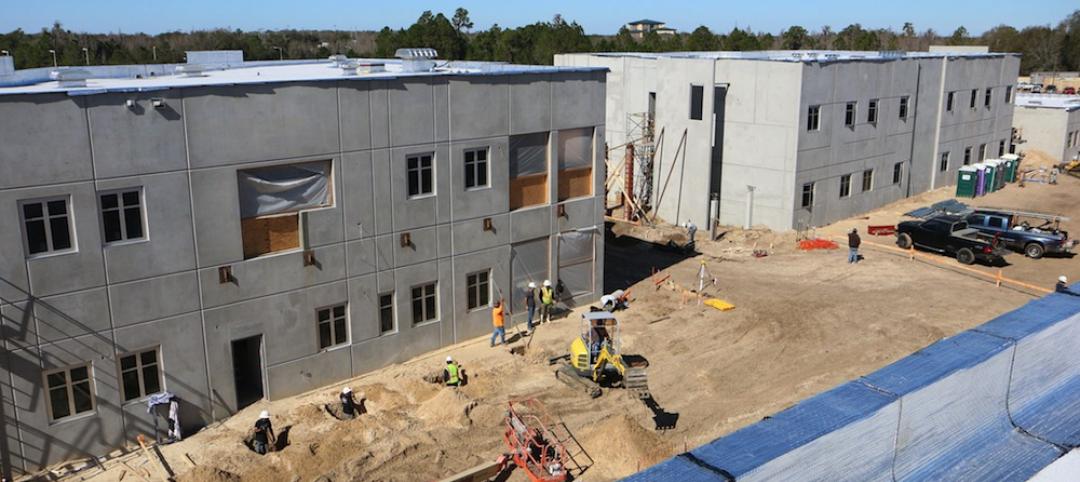Transforming older commercial buildings for residential use can be a fairly straightforward endeavor.
Office buildings built after 1960, however, present more challenges, and if a trend to convert these spaces to condos and apartments gathers steam, a rethinking of regulations will be required, say John Cetra, cofounder at New York-based architecture firm CetraRuddy, in a GlobeSt report. Developers and architects will have to be particularly creative in redesigning larger buildings for residential use.
Because the plates are much deeper in large post-1960s office building, there are long spaces where an apartment would be 50 feet in depth from the window. So, the distance between the windows and walls might have to be changed to make up for the ventilation that would have come through a window.
HVAC zoning would likely have to be readjusted, particularly in a post-COVID world with more concern over maintaining healthy indoor air quality. Interior spaces would have to be re-zoned to maintain a higher level of fresh air.
The large floor layouts mean that small studio apartments would have to be very narrow and deep. This will reduce the potential for daylighting.
Related Stories
Codes and Standards | Apr 18, 2016
ASHRAE releases proposed energy standard for historic buildings
Designed to balance with preservation requirements.
Codes and Standards | Apr 13, 2016
Canadian city fines itself for failing to get a building permit for building renovation
Guelph, Ontario, will pay a $1,125 fine to the province.
Codes and Standards | Apr 12, 2016
Construction trade groups sue OSHA over silica rule
Cite concerns about technological and economic feasibility.
Codes and Standards | Apr 11, 2016
New LEED 2009 projects will have to meet increased minimum energy performance
New requirements went into effect April 8.
Wood | Apr 8, 2016
New LEED Pilot ACP designed to help eliminate irresponsibly sourced materials
Illegal wood is primary target to restrict illicit material in the supply chain.
Lighting | Apr 5, 2016
Lighting requirements for high-rise dwellings proposed for energy standard
The requirements would effectively eliminate incandescent and halogen bulbs.
Steel Buildings | Apr 4, 2016
AISI publishes Cold-Formed Steel Framing Design Guide, 2016 Edition
Updates 2007 edition; includes five comprehensive design examples.
Data Centers | Apr 1, 2016
ASHRAE releases publication on the impact of IT equipment on data center design
The book offers advice for designing structures in the fast-changing data center industry.
Codes and Standards | Mar 28, 2016
Occupant egress simulations that impact codes fall short, researchers say
Building evacuations in emergencies are too dangerous as a result.
School Construction | Mar 28, 2016
National report on school buildings reports $46 billion annual funding shortfall
Millions of students said to be learning in obsolete facilities.

















